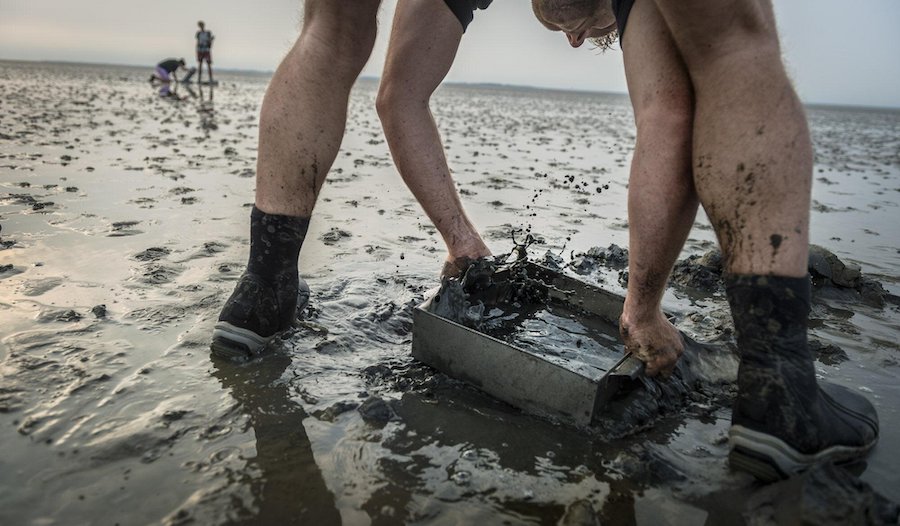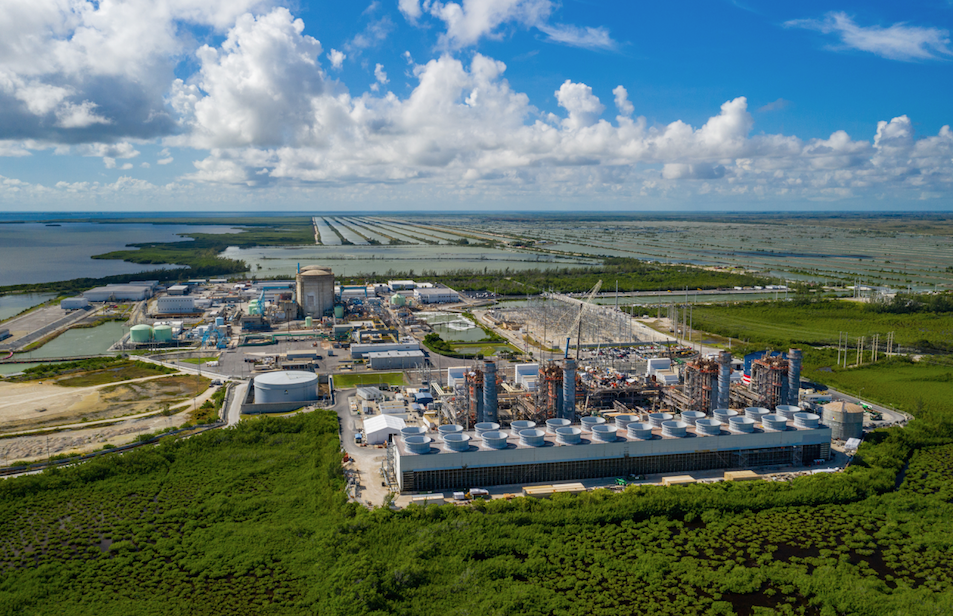Scientists call for long-term research to inform decisions on mining in the Wadden Sea

Researchers are calling for long-term research such as the Synoptic Intertidal Benthic Survey (SIBES) monitoring program to inform decisions regarding mining and other resource extraction in the Wadden Sea, an intertidal zone located in the southeastern part of the North Sea.
Through SIBES, soil has been sampled annually for 15 years along a web of nodes spaced every 500 meters across the intertidal mud flats. In total, this includes about 5,000 sampling locations.
A recent analysis of the data generated by the program shows that as tidal flats subside due to gas extraction, their composition changes.
“The average grain size in the parts of the mudflats where gas is extracted has decreased over 10% in 12 years. With that, sand is getting finer,” said Allert Bijleveld, co-author of the paper in the Journal of Applied Ecology that presents these findings.
In detail, the grain size in the areas that are affected by gas extraction around Ameland – one of the Danish West Frisian Islands – decreased by an average of 1 micrometre each year between 2008 and 2020, while no decrease was seen in reference areas. Over the entire period, the average grain size decreased from 154 to 138 micrometres.
“This means that there is increasingly fine soil material in the ‘bowl’ that is created by gas extraction,” Bijleveld said. “That may have consequences for the benthic animals that live there.”
According to the researcher, in the 12 years up to 2020, the composition of the seafloor life in subsided areas has also changed in comparison to similar areas where subsidence due to gas extraction did not occur.
Bijleveld also explained that in the legal permit for mining activities under the Wadden Sea World Heritage Site, it was agreed upon that gas and salt would be extracted “with a hand on the tap.” According to the permit, if gas extraction affects natural values, extraction must be slowed down.
The issue is that since ‘natural values’ are difficult to measure, attention is primarily paid to subsidence. This is where the new research comes in: it shows that subsidence in itself is not a good signal for a vigilant hand on the tap.
“Strictly spoken, there has been no net subsidence in recent decades because the affected area has been refilled on average. But the quality of the soil did change and with it, the composition of soil life,” Bijleveld said.
Dutch oil company NAM has been extracting gas from under the mud flats near Ameland since the 1980s. The gas extraction area is currently comprised of more silt than expected. However, due to a lack of proper monitoring in the time before extraction began, it is now impossible to determine with certainty whether the silt was already present or if it was caused by the extraction. However, in Bijleveld’s view, this research gives a preliminary indication of the latter.
“For the legally required ‘hand on the tap,’ the salt extraction around Harlingen now only looks at the bottom at a very limited number of stations. This leaves the actual effects of subsidence out of sight. For a serious assessment of effects, it is necessary to start measuring even before an intervention and to automatically monitor comparable areas as well through an extensive and long-term study such as SIBES,” the researcher pointed out. “In addition to any net decrease in the soil elevation, the composition of the soil and soil life, in particular, should become a measure.”
More News
{{ commodity.name }}
{{ post.title }}
{{ post.date }}



Comments